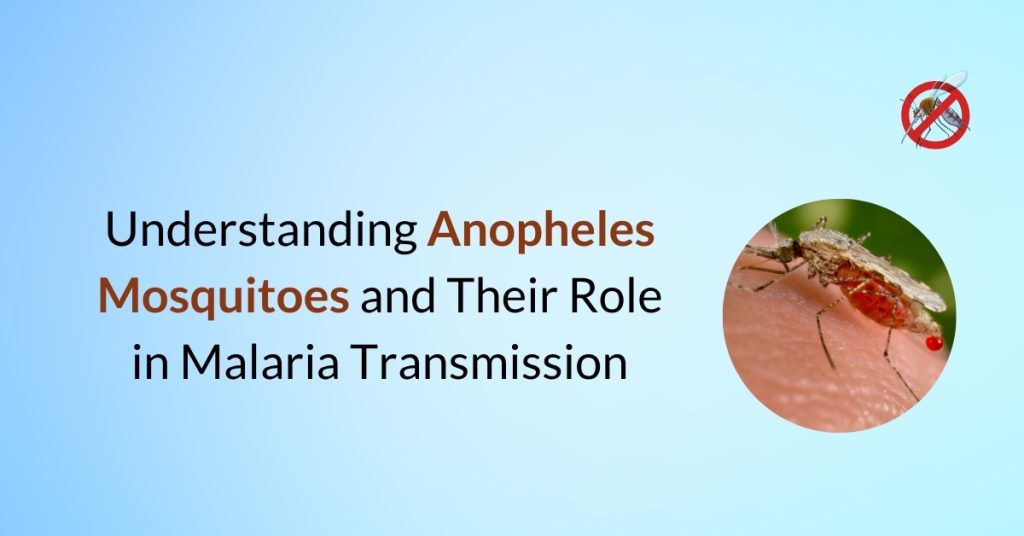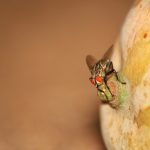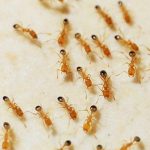Anopheles mosquitoes have more than 500 species. They are vital for the spreading of malaria, which is a deadly disease caused by the Plasmodium parasite. Only 30 to 40 of these species are able to spread malaria, but their role in public health cannot be ignored. In this article, we want to tell you all the key details about Anopheles Mosquitoes and the way they behave with respect to malaria transmission.
What Are Anopheles Mosquitos?
Anopheles mosquitos are part of a big family of mosquitos that can be found almost all over the world. However, not every one of them has the ability to spread malaria. It is only female Anopheles mosquitoes who do this with malaria- causing Plasmodium parasite. While female insects bite and transmit diseases, male anophiles do not – only feeding on nectar.
Key identifying features of Anopheles mosquitoes include:
Palps as long as proboscis: mouthpart used for feeding
Wings have black-and white strips on them.
Females life cycle is short, however some lucky ones live longer and can even transmit malaria.
Other mosquito species don’t have these characteristics, which make mosquitoes like Anopheles easier to identify.
How Do Anopheles Mosquitoes Transmit Malaria?
The complete process of how malaria is transmitted is both interesting and alarming. For instance, a female Anopheles mosquito will bite an infected person, and during blood intake, she’ll ingest Plasmodium parasites (if they are present). After maturing somewhat in the gut of the mosquito, the parasite travels to one of the glands located in the head of the mosquito with its saliva. The next time this kind of mosquito feeds on people her P/g/ will pass on these poisons via saliva which can potentially result in malaria disease.
Why Do Only Some Anopheles Mosquitoes Transmit Malaria?
Anopheles aren’t all capable of spreading malaria as not every species have this gift. Not all individuals are responsible for passing on these diseases due to specific reasons such as hibernation and environmental conditions temperature along with humidity or stagnant waters help during breeding all contribute to whether or not a mosquito is able to host and transfer this parasite/plague into other living beings.
Identifying Anopheles Mosquitoes
There are several distinctive features that enable thorough identification of anophelines:
They include Long Palps: Unlike other mosquitoes whose palps are shorter than their proboscis (used for biting), female Anopheles’ palps are almost equal to their proboscis length.
Distinct Black and White Markings on Their Wings: Other species lack the black and white scale patterns found on their wings.
Flight Behavior: Compared to other mosquitoes, Anopheles are more erratic flyers.
Lifespan of Anopheles Mosquitoes and Malaria Transmission
A male Anopheles mosquito does not have a long life span. Even among females, very few live long enough to carry malaria parasites. In reality, less than five percent of mosquitoes are able to participate in the cycle for transmitting malaria.
Global Threats Caused by Malaria
Malaria used to be an absolute public health challenge all around the world but, with time has come down significantly, especially over the past few years there has been noticeable hit it still is concerning a lot in countries having Click conditions such as tropical or sub tropical region .According to WHO reports several million cases are recorded every year majorly in the Sub Saharan Africa region along with some parts Asia with huge populations of mosquitoes.
Conclusion: How Anopheles Mosquitoes Help us Not Get Malaria
Knowing the biology and behavior of Anopheles mosquitoes is important for controlling and preventing malaria. There is still much work to be done, even with implementation of insecticide-treated nets, indoor residual spraying, and mosquito habitat modification which have greatly mitigated malaria transmission. Enhanced mosquito control methods targeted at the vector’s life cycle must be developed in the ongoing efforts to eradicate this killer disease.





